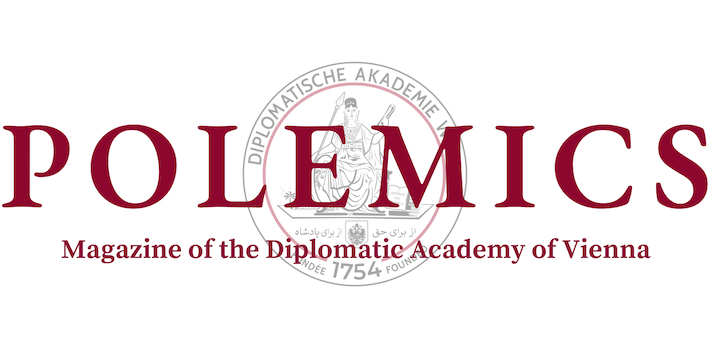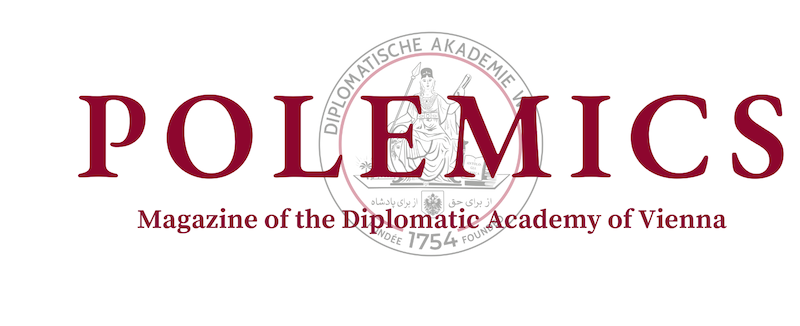In an effort to reshape global perception of their rule, the Taliban use social media and tourism to present a sanitised image of Afghanistan. By cultivating a network of content creators to revise the narrative around their regime and indirectly benefiting from the rising trend of danger tourism and western travel influencers, the group promotes content that highlights development and hospitality. At the same time, they gloss over the country’s unprecedented humanitarian crisis and the Taliban’s unabating human rights abuses.
Since their takeover of Afghanistan in 2021, the Taliban have exacerbated the country’s economic collapse. After reinstating the Islamic Emirate of Afghanistan under autocratic rule, Western donors were quick to pull civilian and security aid. Before the collapse, aid contributed to an estimated 40 percent of the country’s GDP and financed over half of government and public expenditures. The cutoff, sanctions, a freeze of forex reserves and foreign banks’ unwillingness to operate in Afghanistan, expedited a catastrophic economic shock which the country has yet to recover from. Women and girls are the most vulnerable group, exposed to widespread discrimination and decrees that obstruct their access to healthcare, and deny them their right to movement, education and work. New morality laws have now imposed restrictions on women’s speech in public, effectively erasing them from public life. Women-led households are particularly at risk as female employment has fallen to 6%.
Rights-violating curtailments, the decimation of women’s freedom, acute food insecurity and massacres of the Hazara committed by the Taliban de facto authorities have made international governments and bodies condemnatory of its “interim” governance. Only three UN member states – Pakistan, Saudi Arabia and the United Arab Emirates – have recognized the Taliban’s theocratic emirate as the lawful government of Afghanistan. Otherwise, international non-recognition and opposition to the militant movement has been demonstrated through diplomatic isolation, economic sanctions and aid restrictions.
Subsequent to the 2021 offensive, the Taliban have been campaigning for international recognition of the legitimacy of their regime. Their strategy has been to rebrand themselves, in an attempt to influence global perceptions by distancing themselves from their legacy of brutality and violent gender oppression. Their use of social media to promote their leadership and meet their communication objective has facilitated recruitment and fundraising opportunities as well as opportunities to disseminate their propaganda to global audiences. While Taliban officials are very active on X (formerly Twitter), a growing community of Afghan influencers has been posting videos to YouTube. The content shared is only positive – displaying the charity of the Taliban, their urban development projects, and highlighting their good-naturedness in entertainment videos featuring Taliban officials. They praise the Taliban for their achievements and policies of openness. These videos can receive millions of views and foreign ad revenue can make the most successful influencers thousands of dollars per video – an incredible figure considering 85% of Afghans are estimated to survive on under one dollar a day.
The Taliban refute any involvement in third-party promotional content. They argue it is a “collaboration” to educate the public. However, aspiring Afghan content creators are required to obtain a broadcasting license from the government to “prevent the spread of negative propaganda”, as per the Taliban official spokesperson, Zabihullah Mujahid. These claims are further contradicted by the fact that media freedom in Afghanistan is non-existent. Recent guidelines have implemented strict censorship and the flow of information is heavily controlled. Videos criticising the regime have been deleted, and journalists and media workers committing perceived infractions against these new restrictions risk detention and torture. Women are banned from showing their faces, broadcasting music and, in some provinces, their voices. Speaking on the dissemination of information to the media, an Afghan journalist told DW that it is shared in whatever way the intelligence forces deem appropriate.
Many influencers also deny Taliban involvement as they risk having their channels deleted by YouTube, as confirmed by a spokesperson for the platform. But the Taliban has been
increasingly cautioning channels, warning them to cooperate more closely with the regime. They are expected to serve their country by presenting only the positives and to focus on “development, progress, unity, brotherhood and peace”, Mujahid tells the Washington Post.
The sudden surge in tourism in Afghanistan showed an increase from 691 in 2021 to 7000 annual tourists in 2023. While lucrative to the crippled economy, the increase provides the Taliban with the perfect opportunity to create a new image of Afghanistan and they are welcoming tourists with open arms. Danger tourism – the act of traveling to dangerous destinations despite government warnings – is rising. For many Western travel influencers, Afghanistan has become such a destination. By amassing hundreds of thousands of views through their anti-mainstream content, tragedy is turned into profit and the realities of women and persecuted ethnic minorities are blurred. Videos titled “1$ Challenge in Afghanistan”, “Taliban Invites Me to Stay at Their House”, “My Experience with the Taliban”, are posted to YouTube, Instagram and Tiktok (banned in Afghanistan since 2022) to attract attention and encourage views. Influencers often pose next to heavily armed soldiers and recount their experiences of hospitality, safety, and the kind-heartedness of the Taliban. One British woman documents her trip and describes having tea with Taliban soldiers – she is happy they no longer have to live in fear, that they have peace in their land. Another films himself meeting “friendly smiling Taliban” upon his arrival in the country for one of his reels. However, it is impossible to ignore that not a single woman appears in their clips filmed in public areas.
Dr Farkhodeh Akbari, a postdoctoral research fellow on diplomatic actors and peace settlement negotiations with non-state armed groups at Monash University, describes to the BBC that this type of content and its promotion is “unethical tourism with a lack of political and social awareness” that whitewashes “the pains and sufferings” of Afghan women. While female tourists are regulated on what they wear, who they talk to and how to act, they are still spared from the severe rules that adhere to Afghan nationals. To demonstrate that Afghanistan has been safe since the Taliban takeover for both men and women, a German travel influencer boasting 220,000 followers on Instagram, posts an interview with content creator “Valerie”. As a female traveler she encourages women who would like to go to Afghanistan to “f…ing do it. I am not going to let any man tell me what I can and cannot see,” – an option Afghan women do not have.
While the rise in tourism and attention brings the promise of opportunities and jobs, who is benefitting from this content? The population facing rampant food insecurity and systemic gender oppression or the regime, which is eager to shift the narrative in its favour?
The portrayals promoted by the Taliban and Western influencers and the sensationalism of the content posted distract from the humanitarian crisis of the country.
While boycotting may not be the answer, only further isolating the country and its citizens, participating and leaning into the narrative of a new Afghanistan may normalise the regime and contribute to the superficial sentiment of security that the Taliban seek to establish.
Written by Alexandra Steinhoff, Edited by Sarah Jiayi Drogies.
Photo Credit: Faruk Tokluoğlu (2025, March 10) on Pexels.








